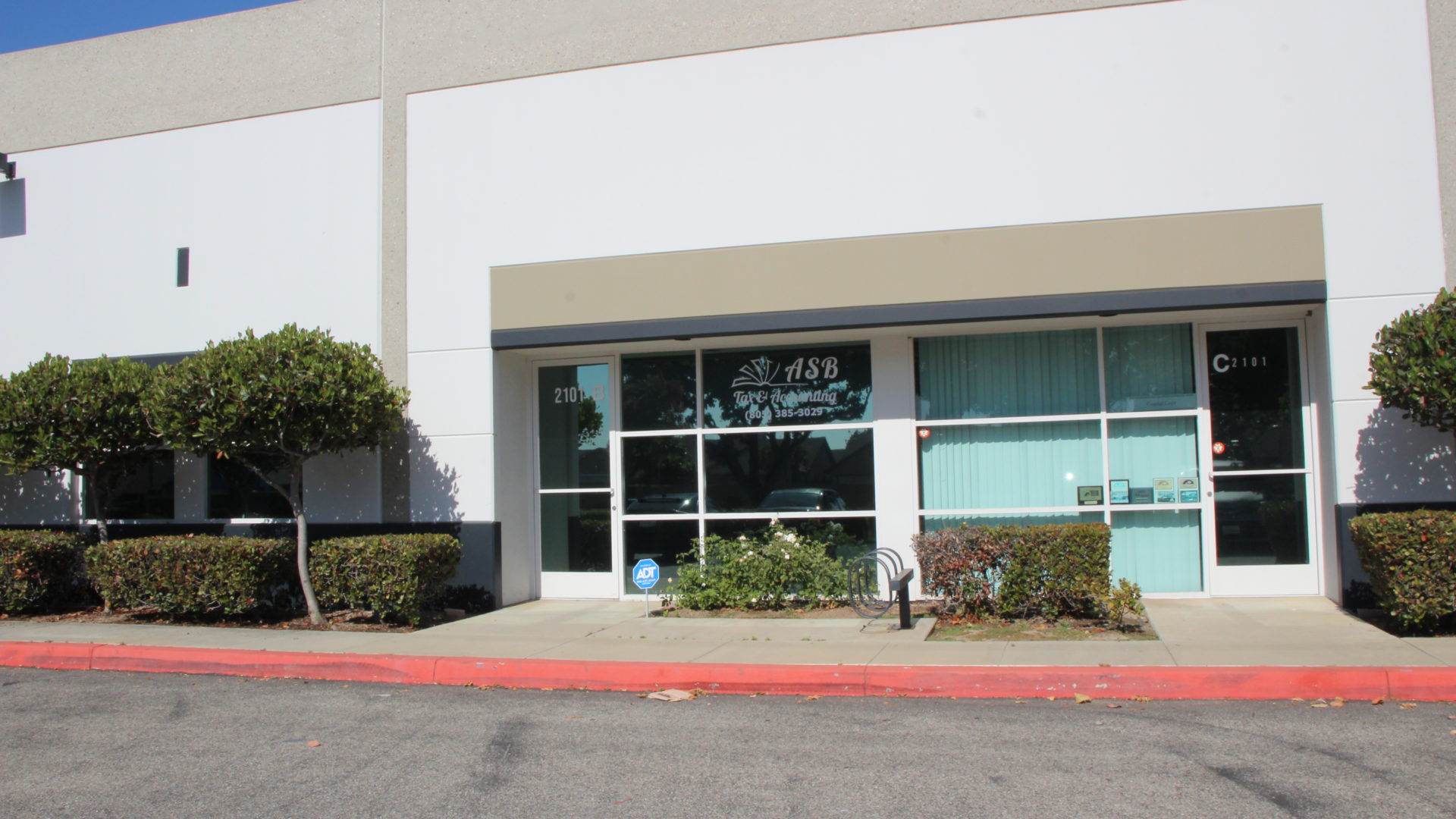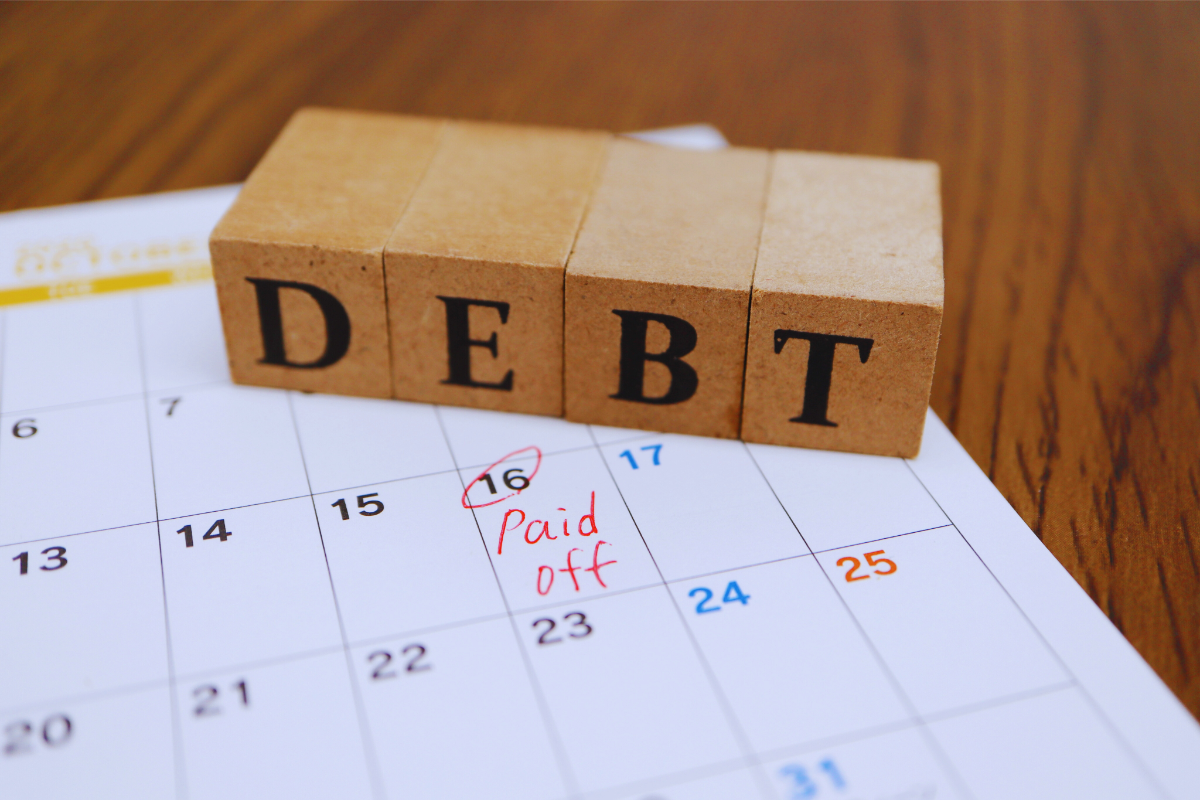How to prioritize debt repayment in the first few months
The beginning of the year is an excellent opportunity to take control of your finances and focus on resolving pending commitments. Knowing how to prioritize debt repayment in the first few months is essential to reduce financial stress and free up resources that can be allocated to other goals.
The first step is to get a clear view of your current financial situation. Make a complete inventory of your debts, including the total amount, interest rate, monthly payments, and terms of each. Categorizing your debts will help you identify which ones require immediate attention and which ones can be managed with more flexibility.
An effective strategy is to prioritize debts with higher interest rates, such as credit cards. These tend to accrue interest quickly, which can cause the balance to grow significantly if not addressed immediately. Focusing on paying off these types of debt first will reduce the total cost in the long run.
Another option is to use the “snowball” method, which involves starting with the smallest debts. This approach can give you a quicker sense of accomplishment because you’ll be clearing out commitments more frequently. By freeing up money intended for those payments, you can redirect it to larger debts, creating a positive cumulative effect.
Setting aside a specific budget for debt repayment is critical. Evaluate your monthly income and expenses, identify areas where you can cut costs, and allocate those extra resources to your financial commitments. Even small adjustments, such as cutting back on entertainment or eating out, can make a big difference.
Automating payments is also a powerful tool to prioritize debt repayment in the early months . Set up automatic payments to meet your commitments without the risk of forgetting or delaying, which will also avoid late fees and potential penalties.
If you have extra income, such as year-end bonuses or tax refunds, use it strategically to reduce your debt. Instead of putting it toward unnecessary expenses, consider applying it to outstanding balances to speed up the payoff process.
In some cases, it may be helpful to consolidate your debts. This involves combining multiple debts into a single loan with a lower interest rate and a more manageable term. If you choose this option, make sure the terms are favorable and avoid taking on new debt while you are in the process of repaying.
Maintaining financial discipline is key to achieving your goals. Avoid adding more debt during the first months of the year, even if tempting offers arise. Focus on meeting your current commitments before considering new obligations.
Finally, don’t hesitate to seek financial advice if you feel like the situation is overwhelming. An expert can help you design a personalized plan to pay off your debts more efficiently and improve your financial health.
With these strategies, you will learn how to prioritize debt repayment in the first few months , reducing your financial burden and establishing a solid path toward economic stability. Take advantage of this beginning of the year to make conscious decisions and improve your financial well-being.

